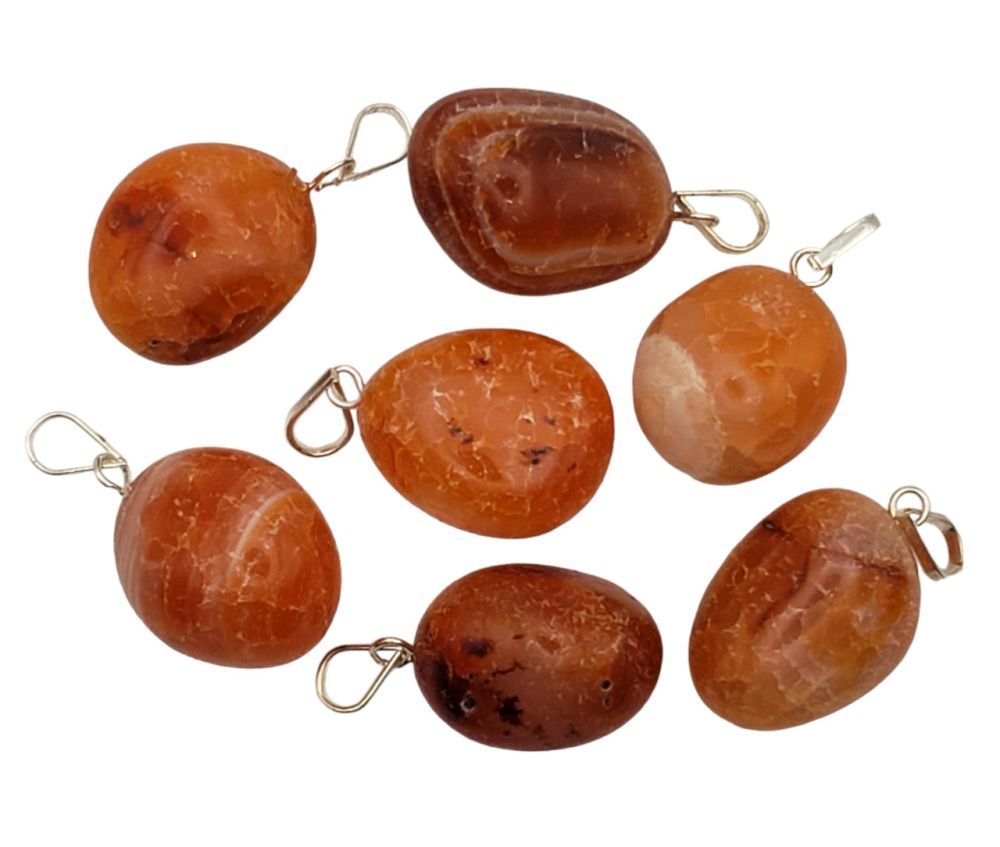We use cookies to make your experience better.
TimmersGems has a new website, existing customers also need to register again.
Drilled pendants made of Carnelian (natural, not dyed) from India with drilled silver pin & hanging eye.
Good quality pendants made of various types of beautiful gemstones, which are completely manually drilled and provided with a silver pin.
Availability:
In stock
SKU
120723
- Buy 25 for €0.99 each and save 34%
Drilled pendants made of Carnelian (natural, not dyed) from India with drilled silver pin & hanging eye. is available to buy in increments of 10
Carnelian is a fleshy to brown-red, translucent to opaque chalcedony variety. It belongs to the quartz family. The element that causes the red color is iron, which is contained in small impurities in the mineral. Heating can deepen the color. Carnelian is named after the Latin carnis, meaning "flesh". The old Dutch name is carnelian. Carnelian was already used before the beginning of our era to make seal stones and jewelry. It was said that carnelian offered protection against quarrels, toothache and nervous disorders, calms bleeding, reduces fever, reduces anger and brings happiness. Carnelian occurs in volcanic and weathering zones and is known from India, Saudi Arabia and Egypt. Important sites are located in Brazil, the United States, Australia, Russia, the Czech Republic, Germany and Romania.
| Dimensions | Divers |
|---|---|
| Country of Manufacture | India |












